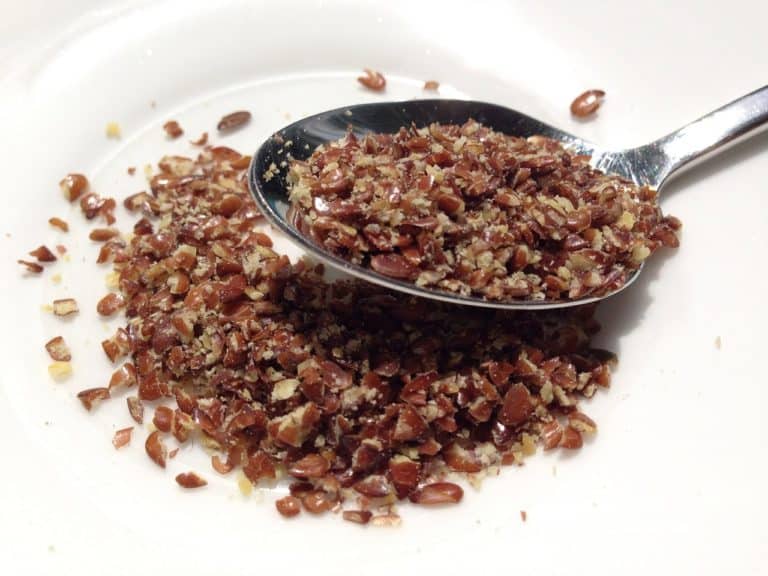The next time you brush your teeth, stick out your tongue and check it out. What does it look like? Does it have an unusual color? Strange coating? Any abnormal looking features? If you have a habit of brushing your tongue regularly (and this is a great habit to adopt, by the way), you may already be aware that the color of your tongue can reveal the state of your health, or at least provide clues as to possible or potential troublesome issues with which you should become familiar.
The practice of carefully examining the tongue is an important diagnostic tool in Chinese medicine. That process involves evaluating the shape, texture, coating, color, and quality of the tongue to identify its relationships and associations in the body. We won’t go into great depth here. However, think of the following list as an introduction to the basics of understanding the coating and color of your tongue and what it can reveal about your health.
As a baseline, a normal, healthy tongue is light pink and has a thin, faint white coating.
Thick yellow coating. This coating typically appears in the center of the tongue and is a sign of dehydration and an inability to properly digest your food. Are you experiencing sweating, body odor, bad breath, constipation, lots of gas, bloating, insomnia, and/or yellow urine? A thick yellow coating also may be accompanied by high cholesterol, liver disease, diabetes, gallbladder disease, or high blood pressure.
White tongue. If you are a heavy smoker, then a heavy white coating on your tongue is not uncommon. This thick coating, which is also called leukoplakia, is not usually seen in light or social smokers. If the white coating looks like cottage cheese, then you likely have a condition called thrush, which is a fungal infection caused by Candida albicans and associated with a weakened immune system.
Red tip or tongue. If the tip of your tongue is red, this can indicate a high level of stress. A really red tongue indicates excessive body heat. It may signal high blood pressure or a hyperactive thyroid. Sometimes medications used to treat psychological conditions can cause the tongue to look red as well.
Pale tongue. If your tongue is paler than light pink, then you are likely experiencing a lack of energy, dizziness, poor digestion, shortness of breath, bloated feeling after eating, and a pale face. Anemia or low blood pressure are possible health issues, as well as a deficiency of vitamins A and/or B12.
Dark or purplish tongue. When the tongue joins the “dark side,” it indicates poor blood circulation and possible heart problems. Common symptoms can include joint and neck stiffness, chest pain, headache, and body aches. Arthritis and migraines also are not uncommon when the tongue is dark.
Black, hairy tongue. If you are thinking werewolf, don’t panic. A black, hairy tongue isn’t serious and can occur when bacteria accumulates on the tongue. Although everyone should brush their tongue regularly or use a tongue scraper, this is especially important for smokers, who are especially susceptible to black tongue. Another cause of black tongue is use of medications that contain bismuth, such as Pepto-Bismol.
Yellow tongue. If your tongue has a jaundiced look, then you are experiencing the first signs of poor dental hygiene, use of certain medications, or smoking. It also can be a warning of approaching stomach or liver problems.
Brown tongue. People who are heavy coffee drinkers or smokers may have brown discoloration of the tongue. If brushing or scraping your tongue removes the brown coloring, that’s great. If it doesn’t, however, it could mean you have a serious lung problem associated with chronic smoking.
If the color of your tongue doesn’t look right to you and it doesn’t go away with brushing or scraping, it’s probably time to have a conversation with your healthcare provider.
Sources
Baum I. What the color of your tongue can tell you about your health. Men’s Health 2018 Oct 16
Dan M. 5 things your tongue can tell you. MindBodyGreen







